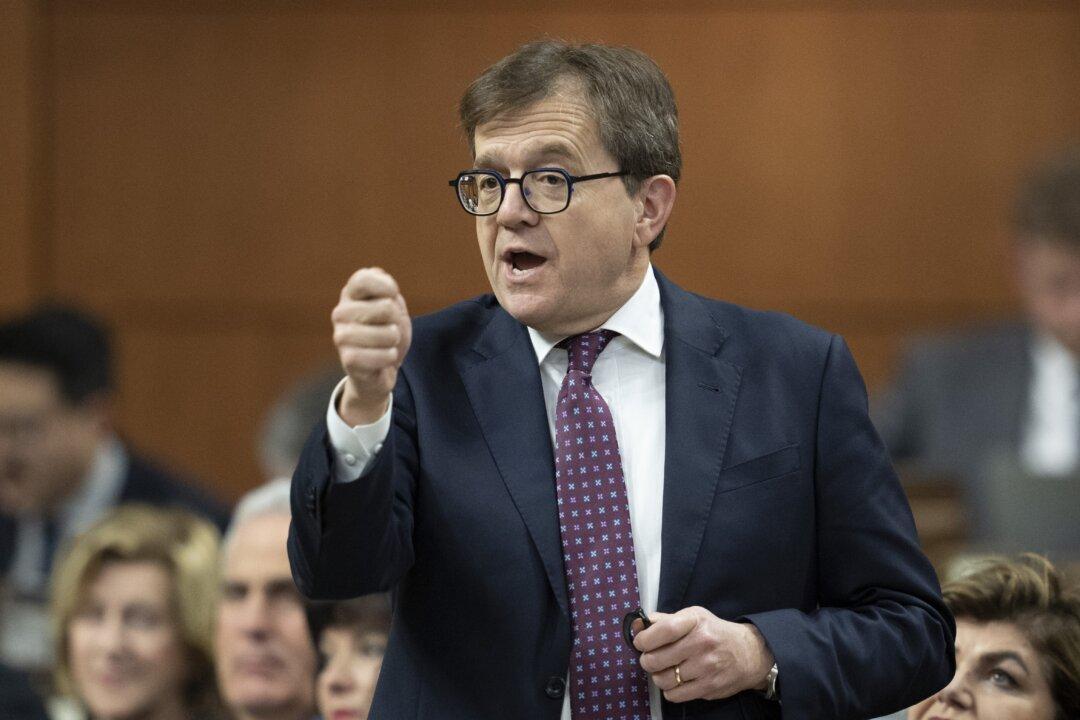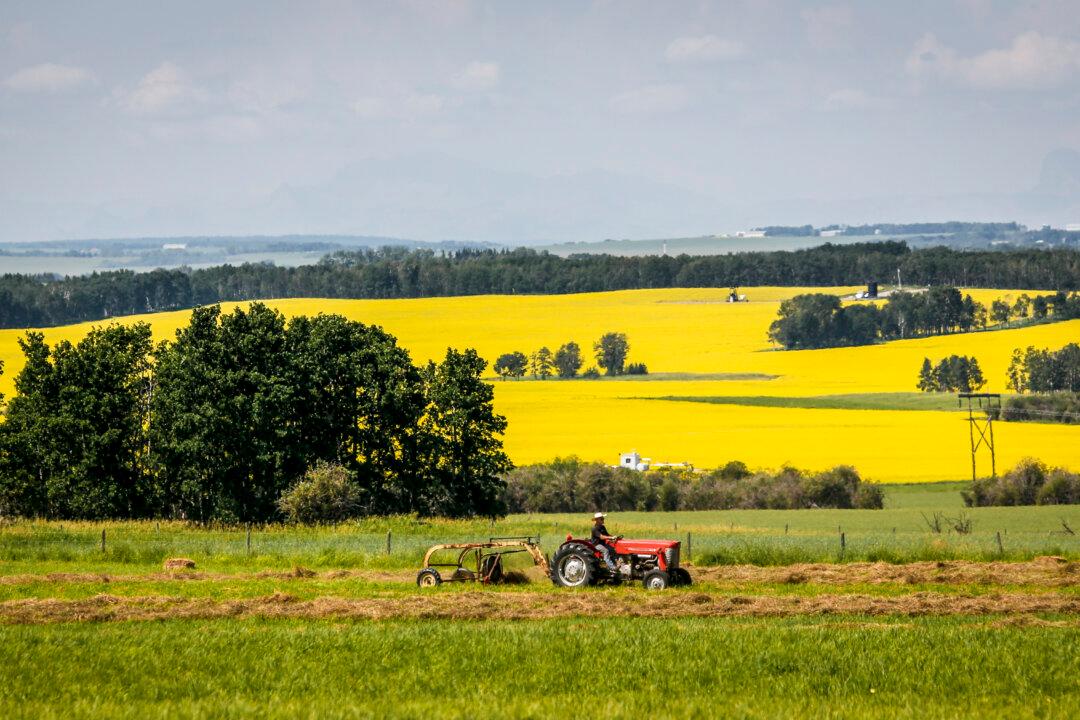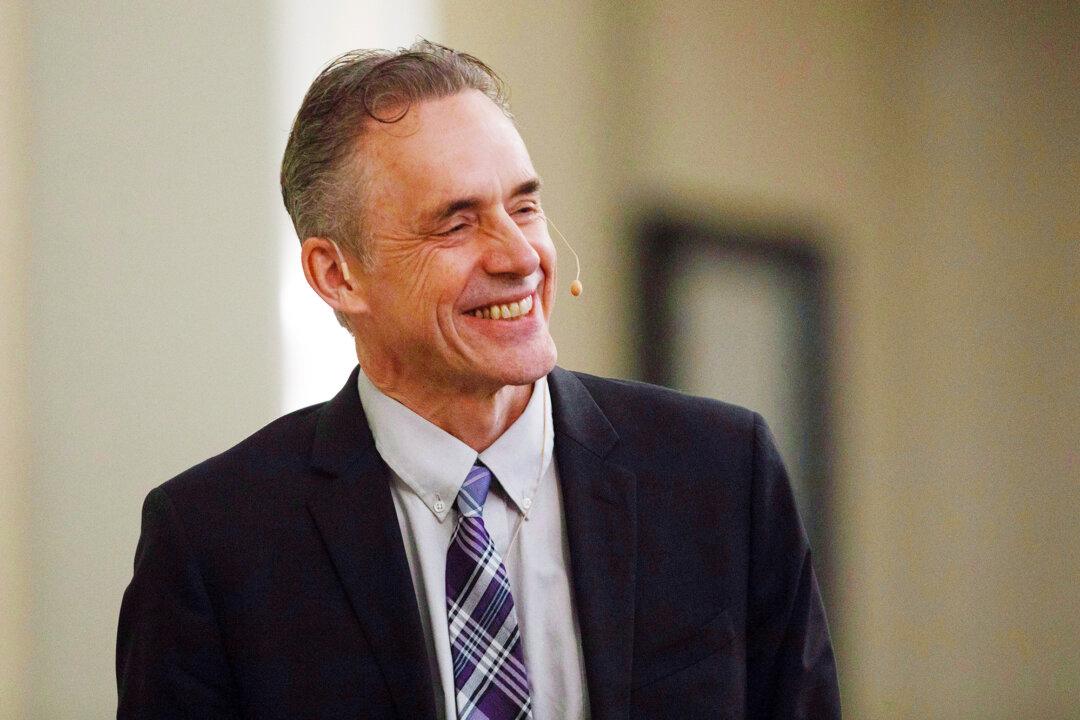The Liberal government has released its “just transition” plan that claims it will not trigger massive unemployment in the country’s energy towns.
Released on Feb. 17, the “Sustainable Jobs Plan” says the federal government aims to create “sustainable jobs” in every region of Canada as it looks to move the country to a “net-zero world.”





